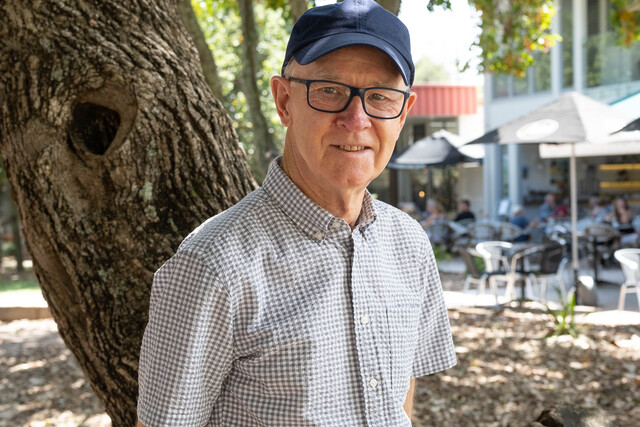When Noosa Council finally releases its Destination Management Plan (DMP) it should announce a commitment to a bold and future-focused funding plan to support its implementation, thereby cementing the Shire’s commitment to becoming a national leader in regenerative tourism and environmental stewardship.
The funding framework should set out a range of innovative, diversified funding sources that will allow the Council, residents and other stakeholders to deliver key projects while protecting the region’s unique natural and cultural values.
Noosa’s success as a destination depends on the health of our environment and the wellbeing of our community. The DMP needs to ensure that every dollar we invest in tourism will contribute to regeneration, not degradation.
Key Features of the Funding Plan should Include:
● Tourism Sustainability Levy: A proposed $5-$10 per night levy on visitor accommodation, with all proceeds reinvested into environmental protection, sustainable transport, and local stewardship initiatives.
● Vehicle Access and Permit System: A booking and fee-based system for high-demand areas like Noosa National Park, Hastings Street and the eastern beaches villages reducing congestion and restoring tranquility to key visitor spots. However, residents and registered long-stay visitors should be exempt from visitor parking fees.
● Public-Private Partnerships: Encouraging co-investment by tourism operators, Traditional Owners, and landholders in stewardship agreements and cultural tourism initiatives.
● State and Federal Grants: Targeted applications to programs supporting sustainable infrastructure, biodiversity conservation, and Indigenous tourism development.
● Environmental Finance Tools: The use of green bonds and carbon credit projects to fund nature-based solutions, such as creek restoration and habitat recovery.
● Community-Led Regeneration Fund: A $1 million seed investment to support local projects that deliver real climate, cultural, and community benefits.
Estimated Project Costings
As part of the announcement, the Council should release a set of indicative costings to demonstrate its transparent and staged approach to implementation. Key investments could include:
● $1.2M–$2M for a low-emission visitor shuttle service trial
● $500,000 per year for dune and creek habitat restoration
● $300,000–$600,000 for Indigenous cultural tourism co-designed with Traditional Owners
● $400,000–$700,000 to pilot a circular economy visitor precinct.
These figures are only estimates, but they give some idea of the financial commitment required.
Community and Industry Collaboration Essential
The funding model should be governed by a proposed Stewardship Oversight Committee, chaired by the Mayor, and made up of community representatives, a Kabi Kabi representative, Tourism Noosa and the Noosa Biosphere, National Parks Qld and the State Government including the Member for Noosa and other stakeholders. Noosa Council staff should provide the secretariat.
The role of the Stewardship Committee would be to supervise and guide, and where necessary, through the Mayor, direct the implementation of the DMP and to report quarterly to Council and to the community on the basis of the Key Performance Indicators.
This approach should reflect the community desire for tourism to give back more than it takes. This mechanism will allow Noosa Council to put in place the financial and governance structures to make that happen, transparently and inclusively.
The DMP should be rolled out in phases, with regular public reporting giving opportunities for community input at every stage.
(Barry Cotterell, a retired Barrister, has a Masters Degree in Public Administration and is a member of the External Reference Group being consulted by Noosa Council on the DMP. He has over 26 years involvement with town planning issues in Noosa and is President of the Peregian Beach Community Association.)







